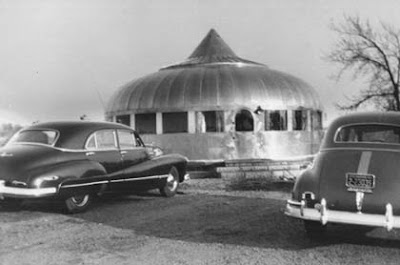Design is a strategic business resource and the design brief is a strategic design management tool.
What is a design brief? Simply stated, the design brief is a written project description. It is a critical first step in the design process and, as this concise summary will attest, provides a solid foundation for effective design management from start-to-finish, throughout the design process.
“If you are able to state a problem, any problem, it can be solved.” Dr. Edwin Land
Think of the design brief as an opportunity to state a problem, problem components, and factors that affect the problem. An organizational tool used for collecting and outlining the steps that must be taken in order to solve the problem, the design brief is a strategy for problem solving.
How can one best write a design brief? Correct answer: There is no one way to write a design brief, as project scenarios are fairly unique and vary in scope and complexity. The important component of writing a successful design brief is collaboration – that is to say, it is not written by one party for another, rather authored jointly by the designer and client. Shared vision. Shared goals and objectives. Shared understanding.
What information does a design brief contain? Ultimately, this is for the authors to decide, as they will compose a document best suited for the individual project. Not intended to be template, listed below, and not in any particular order, are some content ideas for formulating a design brief:
• Project summary
• Client
• Project goals, objectives, and milestones
• Company/institutional profile, including mission statement, history, key stakeholders, market audience, products, current marketing materials, and any other helpful big picture information
• Project budget and timeline
• Team members, roles and contact information
• Project concerns and issues
• Past and present perspective(s) of the problem
• User attitudes and behaviors that need to be changed
• Project resources (Any relevant information, including but not limited to professional conferences, associations, examples of admired design solutions, books, articles, and the like.)
• Design goals and performance criteria (Examples include, 1. create a new product line, 2. better serve audience/market, 3. increase number of users, 4. update and improve existing products, etc.)
Think of a design brief as a start-to-finish project guide.
• Beginning. It is perhaps the best opportunity to assemble and distribute the important “need to know” information at the beginning of a project. The design brief is a document that can help properly launch a project, setting a tone of trust and understanding between client and designer.
• Middle. It provides an important reference as the project develops and evolves. Use the design brief to make certain the design process has not gone astray from the original goals set forth. If indeed the design has evolved, with good and approved reason, make certain to adjust the design brief in an Addendum.
• End. Ultimately, upon assessing the final design solution, the design brief is used effectively to gain sign-off, or final project approval.
Strategically speaking, it makes good sense to use the design brief to proactively manage project information throughout the design process. Outcomes include more effective design solutions, and that makes for happier clients. Who does not like that?
Comments? What do you think? What are your experiences working with (and perhaps without) a design brief? Do you have additional helpful resources relating to the design brief topic?
Learn more.
Book: Creating the Perfect Design Brief: How to Manage Design for Strategic Advantage , by Peter L. Phillips
, by Peter L. Phillips
Seminar: "Creating the Perfect Design Brief", given by Peter L. Phillips. Dates: June 21, 2007, Boston, USA September 20, 2007, Los Angeles, USA
Book: Why Design? Activites and Projects from The National Building Museum , by Anna Slafer and Kevin Cahill
, by Anna Slafer and Kevin Cahill
Article: “How to Write a Design Brief”, by Mary Beth and Paul Trautwein
Article: “How to Write an Effective Design Brief”, from Clear Design

 Amy Leidtke
Amy Leidtke

